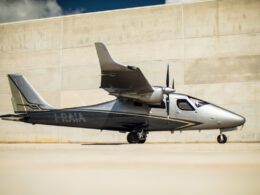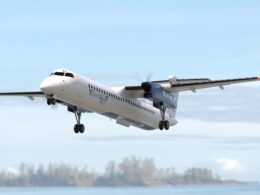The researchers of the Geological Survey of Denmark and Greenland have recovered from the ices of Greenland the fan hub of Air France’s A380 that suffered an uncontained engine failure in September 2017.
“Locating and recovering the part was made possible with the help of many talented individuals from all of the organizations involved,” said Kenneth David Mankoff Senior Researcher at the Geological Survey of Denmark and Greenland (GEUS).
The incident
On September 30, 2017, an Air France A380 registered F-HPJE was carrying out flight AF066 from Paris Charles de Gaulle Airport (CDG) to Los Angeles International Airport (LAX). The aircraft was carrying 497 passengers and 24 crew members. About five hours into the flight, as the plane had just crossed the southern tip of Greenland and was southeast of Nuuk when a fan and inlet separated from the engine number four, a GP7200 built by Engine Alliance (a consortium of General Electric and Pratt & Whitney).
Engine failure halfway over the Atlantic Ocean #airfrance #airfrance66 #AF66 #birdstrike possibly pic.twitter.com/ETAFw2WIDR
— Miguel (@theamadoor) September 30, 2017
Two hours later, the aircraft landed at the Canadian Forces Base Goose Bay (YYR). The incident did not cause any injury. Because Goose Bay was not fit to house the 521 people on board, they were not allowed to disembark until a replacement plane arrived to take them to their destination.
A two-year search
Greenland being part of the Kingdom of Denmark, it was the Danish Accident Investigation Bureau (AIB DK) that delegated the investigation to the French Bureau of Enquiry and Analysis (BEA).
While some of the parts were retrieved on the runway, most of them, including the fan, fell in Greenland. Using data from the flight data recorder (FDR) the BEA determined the trajectory and position of the aircraft when the failure occurred and delimited a search area.
This area turned out to be an ice-covered terrain with extreme weather conditions. Some more parts could be located and recovered, but the rest was quickly covered in snow.
Four operations, led by the Geological Survey of Denmark and Greenland (GEUS), used advanced technologies to locate the missing parts.
A Falcon 20 of the private company AVDEF was equipped with SETHI, a synthetic aperture radar system (SAR) developed by ONERA, the French Aerospace laboratory. The data recovered after its three flights was used to pinpoint search areas.
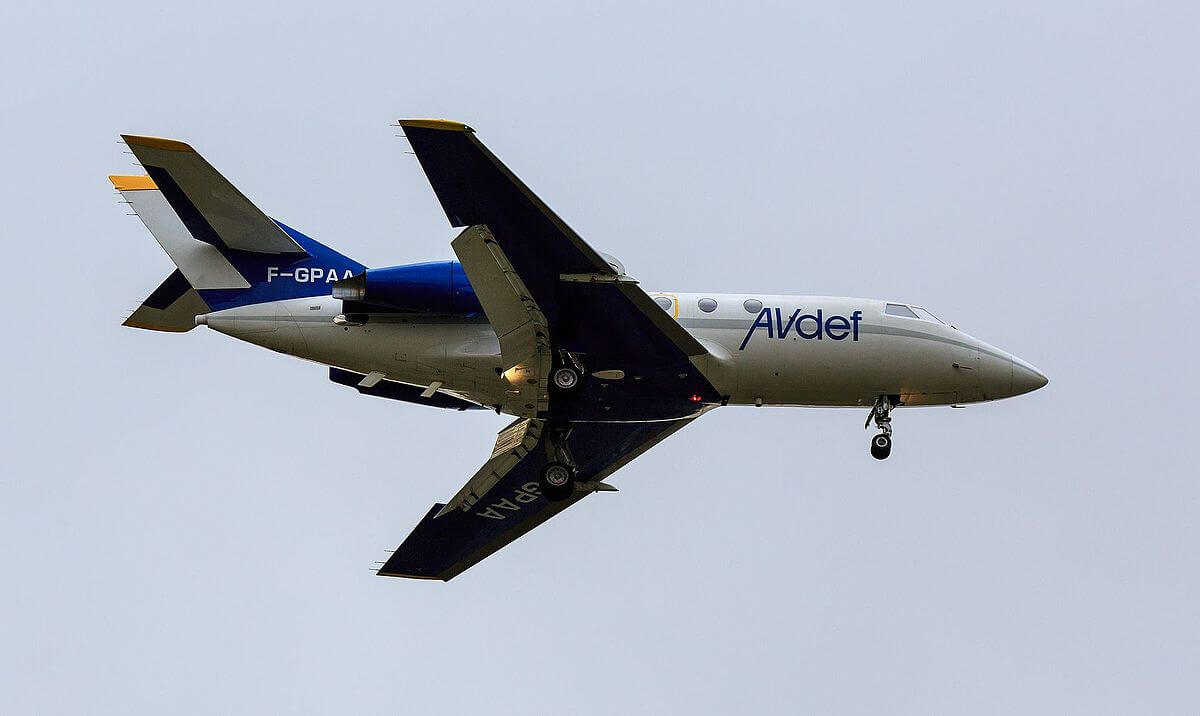
A Falcon 20 operated by AVdef (Credit: Clément Gruin)
Researchers of the GEUS then used two devices on the ground to locate the parts.
A Transient ElectroMagnetic instrument (TEM), normally used for mapping the movements of groundwater, was customized by the HydroGeophysics Group of Aarhus University, in Denmark, so it could be towed by snowmobile over the ice. It was renamed SnowTEM.
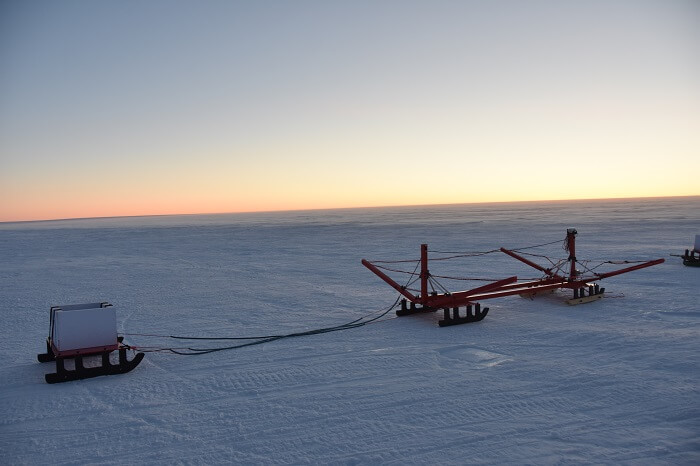
SnowTEM (Credit: Austin Lines, Polar Research Equipment)
The second instrument was a robotic platform fitted with a ground-penetrating radar called FrostyBoy and developed by Polar Research Equipment. Despite its 200kg, FrostyBoy can drive around while applying minimal pressure on the ground.
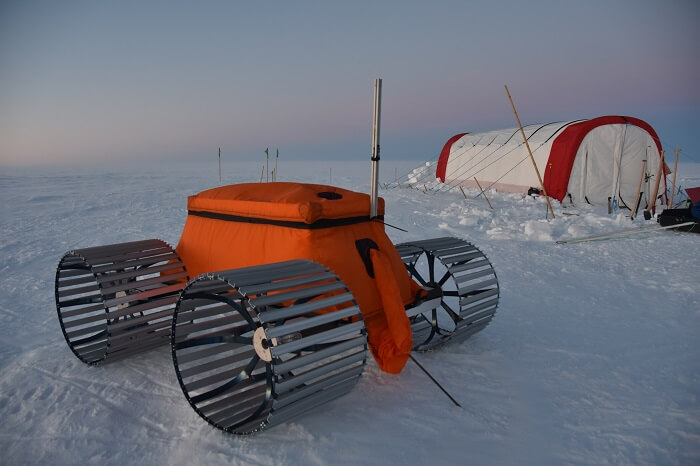
FrostyBoy (Credit: Austin Lines, Polar Research Equipment)
“The search phase involved more than 13 weeks in Greenland, with seven weeks camping on the ice sheet, working in a crevasse field by foot, snowmobile, and robot, night-time operations, risk of polar bears, temperatures down to -35°C, and wind storms up to 25 m/s, with gusts up to 32 m/s,” explained field team leader Ken Mankoff.
Both FrostyBoy and the SnowTEM eventually detected the fan hub buried under 4 meters of snow and ice, surrounded by dangerous crevasses.
The fan hub, weighing 150 kilograms (330 pounds), was then extracted from the ground. It should be taken to the BEA to continue the incident investigation.

The fan hub (Credit: Dirk van As, Greenland Guidance)






